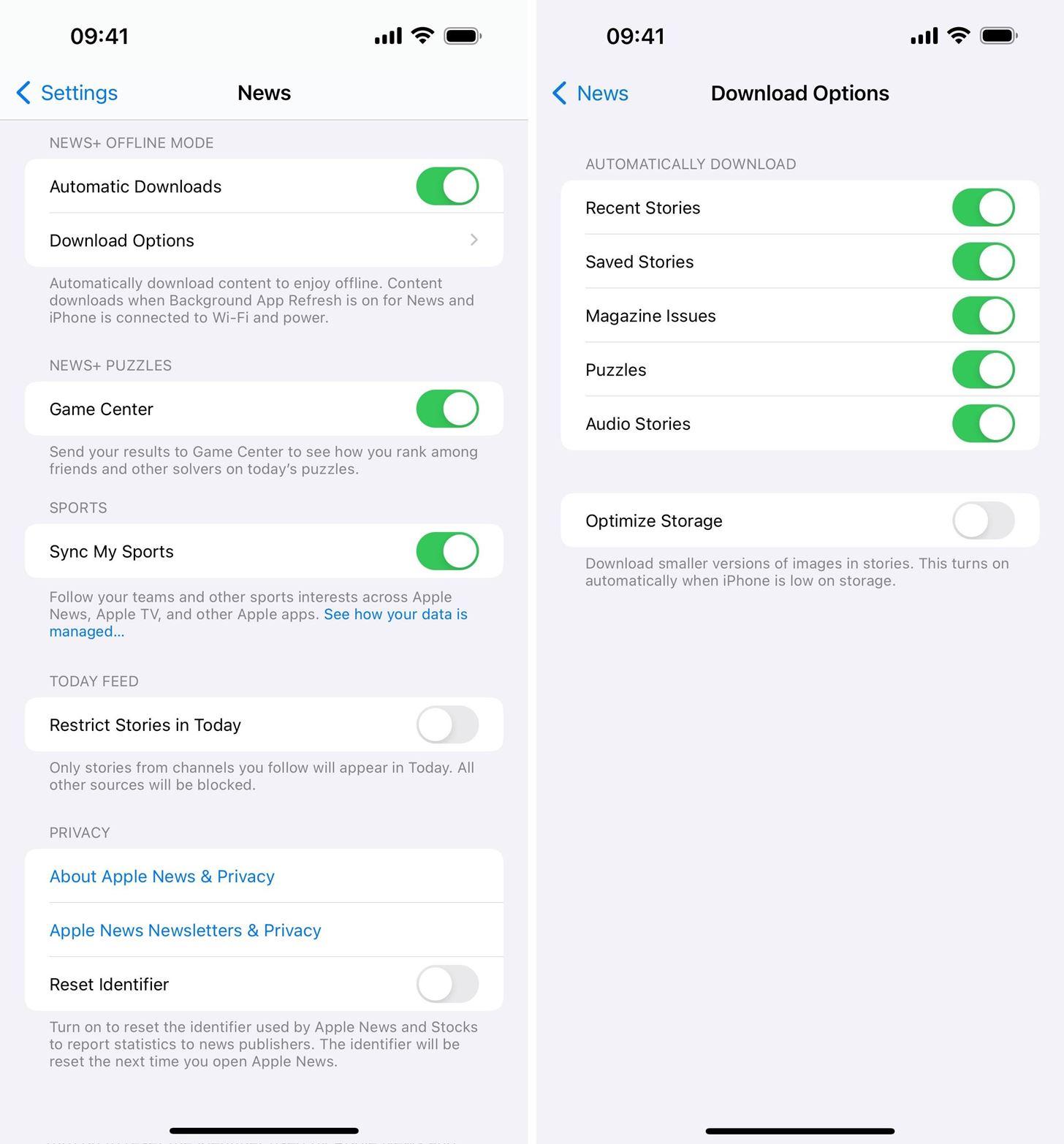In today’s fast-paced digital world, streaming platforms have revolutionized the way we consume media, offering a vast array of content at our fingertips. With the convenience of on-demand viewing, these platforms have become an integral part of daily life for millions around the globe. However, as reliance on digital streaming continues to grow, so does the demand for more flexible viewing options. One area of increasing interest and debate is the provision of offline viewing capabilities. This article explores the potential benefits and challenges associated with expanding offline viewing options on streaming platforms, aiming to provide a comprehensive understanding of how such features could impact both consumers and service providers. Through examining current trends, technological considerations, and user needs, we seek to determine whether an investment in enhanced offline accessibility is a logical next step in the evolution of digital streaming services.
Evaluating the Demand for Offline Viewing Features
In today’s fast-paced world, the ability to consume content without the constraints of an internet connection has become increasingly desirable. Streaming platforms are now faced with the challenge of . To understand this demand, several factors should be considered:
- Consumer Preferences: Users often seek flexibility in how and when they access their favorite shows and movies. Offline viewing caters to those who travel frequently or live in areas with unreliable internet.
- Market Trends: Competitors offering robust offline options may influence consumer expectations, pushing platforms to adapt to stay relevant.
- Technological Advancements: The increasing storage capacities of personal devices make offline viewing a more feasible option for users, further driving demand.
By assessing these elements, streaming services can make informed decisions about integrating offline viewing features, ultimately enhancing user satisfaction and potentially broadening their subscriber base.

Analyzing Current Offline Capabilities Across Platforms
As the demand for on-the-go entertainment grows, many streaming platforms have recognized the need for offline viewing capabilities. However, the implementation of such features varies widely across platforms. Netflix, for instance, offers a robust offline viewing option, allowing users to download a wide range of content to their devices. This feature is particularly useful for travelers or those with limited internet access. In contrast, Hulu provides a more limited selection of downloadable content, often restricted to its ad-free tier. Users often find themselves navigating through varying restrictions and device compatibility issues.
Beyond these popular platforms, others like Disney+ and Amazon Prime Video have embraced offline capabilities, albeit with different approaches. Disney+ allows downloads across multiple devices, but with content availability subject to regional licensing agreements. Meanwhile, Amazon Prime Video offers a flexible offline viewing experience but imposes time constraints on how long downloaded content can be accessed. The disparity in offline features often leads users to question the consistency and availability of such options, prompting a broader discussion on whether streaming services should standardize offline viewing to enhance user experience. This brings to light several key considerations:
- Content Licensing: Variability in available downloads due to licensing agreements.
- Device Compatibility: Differences in supported devices for offline viewing.
- User Experience: Ease of use and accessibility of offline features.

Exploring the Technical Challenges of Offline Content Access
In the quest to enhance user experience, streaming platforms face several technical hurdles when it comes to enabling offline content access. One of the primary challenges is the digital rights management (DRM) requirements that must be adhered to in order to protect content from unauthorized distribution. This involves implementing complex encryption protocols that safeguard the content while still allowing for seamless offline access. Moreover, the sheer volume of data that needs to be stored temporarily on users’ devices demands advanced compression technologies and efficient storage management systems.
Another significant challenge is ensuring that offline content is compatible across a myriad of devices and operating systems. This requires platforms to develop adaptive applications that can function smoothly whether the user is on a smartphone, tablet, or computer. Some of the key technical considerations include:
- Creating uniform offline viewing experiences regardless of the device.
- Managing storage constraints on devices with limited capacity.
- Ensuring updates and content expiration policies are executed seamlessly.
Addressing these challenges involves a collaborative effort between software developers, content creators, and network engineers to create robust solutions that meet user expectations while maintaining content security and integrity.

Recommendations for Expanding Offline Viewing Options
To enhance the user experience and cater to a wider audience, streaming platforms should consider implementing several strategies for expanding offline viewing options. First, increase the availability of offline content by negotiating broader licensing agreements with content creators. This would allow a more diverse range of shows and movies to be downloaded, providing users with a richer offline library. Additionally, platforms could introduce a tiered offline access model, where subscribers at different levels gain access to varying amounts of downloadable content, incentivizing users to upgrade their subscriptions.
Another recommendation is to enhance the usability and functionality of offline features. Streaming services could introduce smart download options that automatically update offline content based on user preferences and viewing history. Furthermore, integrating a cloud-based sync feature would allow users to manage their offline content across multiple devices seamlessly. This would ensure that users can start watching on one device and continue on another without any hassle. Implementing these recommendations would not only boost customer satisfaction but also potentially increase subscriber retention rates.
The Conclusion
the debate over whether streaming platforms should expand their offline viewing options is multifaceted, encompassing considerations of accessibility, user convenience, and technological feasibility. As digital consumption patterns continue to evolve, the demand for offline capabilities is likely to grow, urging platforms to reassess their current offerings. While some services have made strides in this direction, there remains significant potential for innovation and improvement. As consumers, staying informed about the available options and voicing preferences can influence the trajectory of these services. For streaming platforms, balancing the complexities of content licensing, user experience, and technological advancements will be key to meeting the needs of their diverse audience. Ultimately, the decision to enhance offline viewing features should align with both consumer demand and strategic objectives, ensuring a seamless and flexible viewing experience for all users.







































